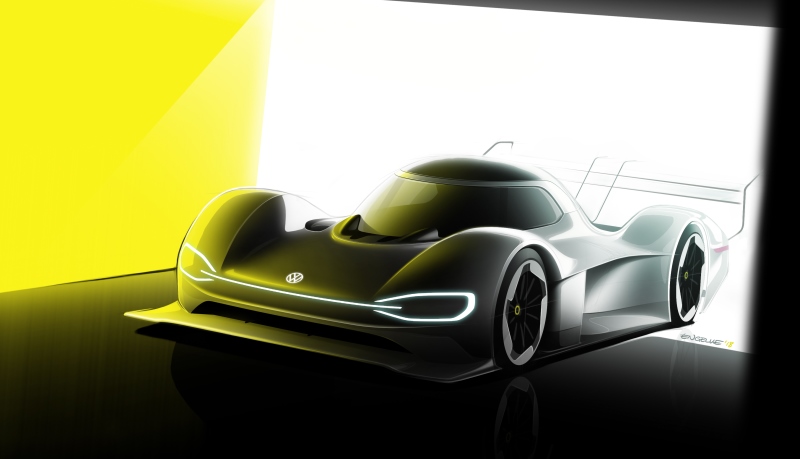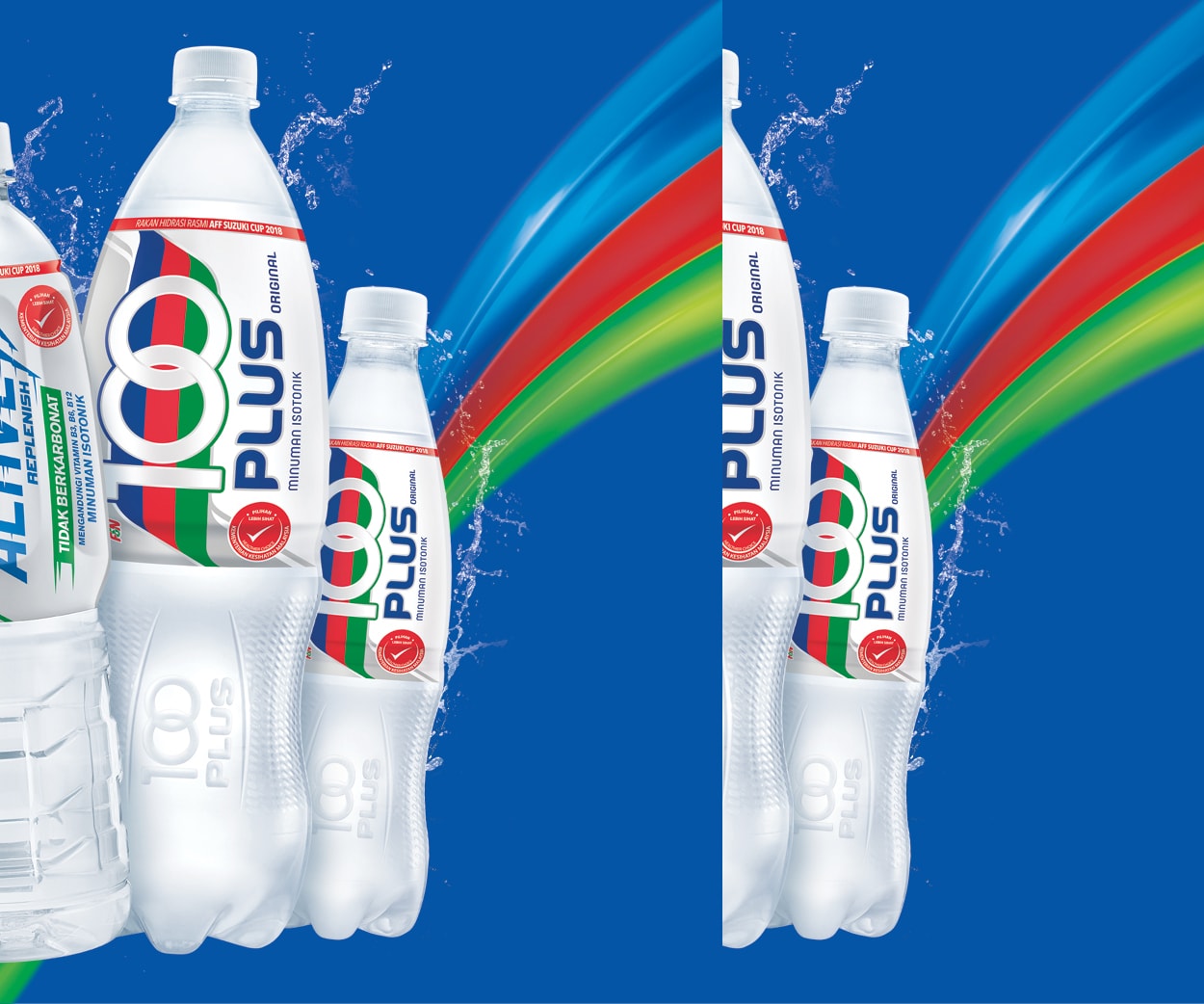 Extensive test and simulation programme in the evolutionary phase of the purely electric-powered ID. R for the record attempt on the Nordschleife
Extensive test and simulation programme in the evolutionary phase of the purely electric-powered ID. R for the record attempt on the Nordschleife
Volkswagen Motorsport uses computer capacities during vehicle simulation for production development
Knowledge transfer with the ID. product family in battery development
The next challenge facing the ID. R is just around the corner: the Volkswagen Motorsport team is working intensively on the continuing development of the purely electric-powered race car, which will attempt to set the new electric record on the Nürburgring-Nordschleife in the summer. The focus of the test and development phase is on increasing the efficiency of the vehicle – at all levels. The ID. R, which is powered by two electric motors with a system performance of 500 kW (680 PS), is the racing forerunner of the ID. product family, a future Volkswagen series of purely electric-powered production vehicles.
“The developments in electro-mobility are immense, and once again this year we want to underline Volkswagen’s capabilities in producing fast electric cars that awake your emotions,” says Volkswagen Motorsport director Sven Smeets. “Just like Pikes Peak, the Nürburgring-Nordschleife presents a serious challenge for an automobile. We want to show just how much performance potential exists today with electric-powered cars.” The roughly 20-kilometre Nordschleife has little in common with the hill-climb in Colorado, USA, where Volkswagen Motorsport set an overall record last year. For this reason, many details of the emissions-free ID. R have been developed.
Initial focus on the continuing development of drive and battery-management
“It takes ingenuity to strike the right balance with top speed and the limited electric energy available to still be able to attack the long straight at the end of the lap,” says François-Xavier Demaison, technical director of Volkswagen Motorsport. “So far we have concentrated on the continuing development of the drive technology and battery management.” The focus of the current tests is, among other things, an adapted performance and recuperation strategy – one of the special demands of the ID. R’s electric drive. Volkswagen Motorsport is developing the battery alongside the laboratories that are also involved in researching the technology for the ID. product family.
A clearly visible alteration of the ID. R will be the aerodynamics. “In the thin air of Pikes Peak, which sits 4,302 metres above sea level, we gave the ID. R a very big rear wing to produce the maximum amount of downforce,” says Demaison. On the Nordschleife, Volkswagen Motorsport will bring a new aerodynamic configuration that will target the greatest efficiency possible, rather than maximum downforce. “This concerns not only a smaller rear-wing, but also the front splitter and floor of the vehicle,” explains Demaison. For this, different specifications are simulated on the computer to be then tested in the wind tunnel at the beginning of April, before being brought into action in test runs on the race track.
Volkswagen Motorsport in Hannover carry out these simulations, which are also put to use in order to optimise battery management and to adapt suspension components for the higher loads of the Nordschleife. “We are receiving a great deal of support from the technical development in Wolfsburg,” says Dr. Benjamin Ahrenholz, head of calculation/simulation at Volkswagen Motorsport. “As well as utilising the great know-how in production-car development, we also have the significant computer capacities of the Volkswagen Group at our disposal, since the simulations require a very high level of computer power.”
Romain Dumas eyes the Nordschleife
One constant is the driver: Romain Dumas will sit in the cockpit of the ID. R this year as well. The Frenchman, who is somewhat of a Nordschleife expert with four overall victories at the 24-hour race, is excited by the continuing development of the car: “It’s great how the team have optimised the ID. R in comparison to last year. Viewed in isolation, the individual changes don’t appear to be so pronounced, but the ID. R is a very complex overall package and the Nordschleife is one of the greatest challenges in motorsport. It will all come down to the sum of the tiny details – and that’s what really makes it so appealing to everyone.”
In the coming weeks, the mission will be to fine-tune the ID. R in all relevant aspects. In the upcoming tests in France, the new exterior will be put into action for the first time, before the team takes aim at the electric record on the Nordschleife. “I really like the Nürburgring and I love challenges like this,” says Demaison. “The pressure is almost tangible – but that’s what makes it so exciting. It is a great motivation for us all.” The current record for a purely electric powered vehicle on the Nordschleife stands at 6m 45.90s – set by Briton Peter Dumbreck at the wheel of a NIO EP9 in 2017.





































